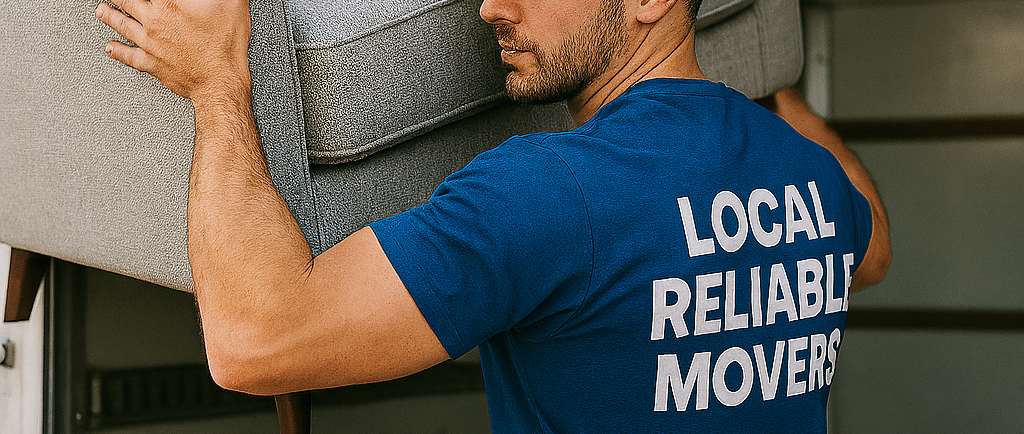TEXT 253.900.2989 FOR A FREE ESTIMATE! WE DO FREE IN-HOME ESTIMATES!
Understanding and Handling Fragile Items: A 15-Point Guide
Another incredible post that offers essential tips for safely packing and transporting delicate belongings—from glassware to heirlooms. Whether you're moving across town or shipping valuables, this guide breaks down the best practices to prevent damage, reduce stress, and ensure your fragile items arrive intact. Perfect for DIY movers and professionals alike!
FRAGILE ITEMS
8/16/20252 min read


Understanding & Handling Fragile Items: A 15-Point Guide
Definition of Fragile Items: Objects easily breakable or susceptible to damage under standard handling conditions.
Common Examples: Includes glassware, ceramics, porcelain, crystal, electronic devices, antiques, certain artworks, collectibles, and delicate decorative pieces.
Primary Risk: Impact: Sudden movements, jolts, stacking, or drops during transit can cause breakage, chipping, or shattering.
Environmental Risks: Temperature fluctuations (causing cracking in ceramics) and humidity variations (causing warping/cracking in wood) pose significant threats.
Safety Hazard: Broken glass or fragmented items can create physical dangers.
Essential Packing Materials: Key materials include bubble wrap (excellent cushioning), packing peanuts (void filler), foam inserts (custom protection), packing paper, and sturdy boxes.
Box Selection: Use strong, double-walled cardboard boxes sized appropriately – not too loose (causes shifting) or too tight (causes compression). Ensure boxes are undamaged.
Material Considerations: Bubble wrap suits most small/medium items; packing peanuts need supplementation; foam offers superior but potentially costly protection for irregular shapes; box strength is non-negotiable.
Preparation Step 1 - Cleaning: Thoroughly clean items with appropriate solutions and soft cloths to remove dust/dirt that could cause scratches, ensuring they are completely dry.
Preparation Step 2 - Disassembly: Remove any detachable parts (e.g., lamp shades, figurine pieces) and pack them separately, securely, and cushioned.
Preparation Step 3 - Special Handling: Assess each item; use extra cushioning (bubble wrap/paper) for highly delicate pieces; consider custom solutions (foam inserts, double-boxing) for valuable/irregular items.
Packing Technique 1 - Individual Wrapping: Wrap each fragile item individually in bubble wrap, securing it with tape to prevent movement within the wrap.
Packing Technique 2 - Strategic Boxing: Place heavier items at the bottom of the box and lighter items on top. Prevent items from touching each other using dividers or cushioning layers. Fill all voids completely with packing peanuts, crumpled paper, or other fillers to immobilize contents.
Clear Labeling: Mark boxes prominently on multiple sides with "Fragile," "Handle with Care," or "This Side Up" using bold, weatherproof markers. Consider color-coding for easy identification.
Careful Handling: Lift boxes using proper technique (bend knees, keep load close). Designate specific handlers and areas for fragile boxes during loading/unloading to minimize jostling and drops.
Transportation & Unpacking:
Vehicle Choice: Use a spacious, flat-loading vehicle like a moving truck or van for better protection and stability over personal cars.
Vehicle Padding: Line the loading area and pad between fragile boxes with moving blankets, bubble wrap, or foam to absorb shocks and prevent shifting/collision.
Secure Loading: Arrange and secure boxes firmly within the vehicle, filling gaps to prevent movement, but avoid excessive compression.
Cautious Unloading: Handle fragile boxes with the same care during unloading. Identify contents carefully before moving them.
Unpacking Method: Work on a clean, stable, clutter-free surface. Carefully cut tape (avoid cutting deep into the box). Remove packing materials meticulously while monitoring the item's condition. Use both hands to lift items out.
Post-Unpacking Inspection: Immediately inspect each item for any damage incurred during transit.
Safe Storage: Place unpacked fragile items directly onto sturdy shelves or within display cases offering adequate support and protection against future falls.
Services
Expert moving solutions for your local needs.
contact us
Info@LocalMovers.io
253-900-2989
© 2025. Local Reliable Movers, LLC. All rights reserved.
